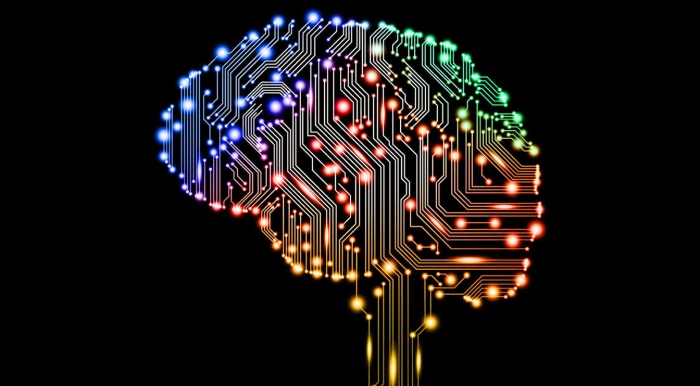On Feb. 8, Anthony Phalen, a strategic partner development manager at the company DeepMind came to McGill to present a talk on Deep Learning (DL), as part of SUS Academia Week 2018. DeepMind is a London-based artificial intelligence (AI) company with a research centre located in Montreal. The company was acquired by Google-parent Alphabet in 2014, and Phalen started off the talk by presenting DeepMind’s mandate.
“DeepMind is focused on two things, [solving] intelligence and [applying] AI to real world problems,” Phalen said. “[Solving intelligence] means to design general artificial intelligence algorithms [that] are capable of learning from raw experience data and perform well on [many] tasks just like humans can.”
DL focuses on learning data representations, and operates as a virtual brain within a computer.
“Deep Learning is a crude representation of the human brain,” Phalen said. “It is essentially an input layer and an output layer, and a hidden layer [in between]. Each of these layers has nodes or neurons, [they represent] different mathematical formulas. Deep Learning is essentially a pattern recognition.”
An example of DL is facial recognition on mobile devices. Many phones nowadays are able to associate facial images with the person they belong to. Even under tricky lighting, these technologies can still recognize the individual. For a phone to recognize one’s face through DL, one must provide multiple photos of a particular face.
As intriguing as DL is, DeepMind is better known for another type of learning in AI: Reinforcement Learning (RL). Unlike DL, RL enables AI to learn from scratch without human guidance.
“It is simply given a goal,” Phalen said. “Put this in a [learning] environment and [let it take] actions to reach that goal.”
An example of this type of environment is the game Brick-Breaker, which former iPod Nano and Video users might remember fondly from the earlier 2000s. Players slide the click wheel left and right to move a platform to avoid the ball from flying off the bottom of the screen. To pass the game, players must destroy all the stacked bricks, with the ball bouncing off the platform faster and faster with every bounce. Using RL, the AI plays the game on its own. In the first hundred rounds, it struggles. But at some point, it will achieve a superhuman level of performance that is learned. The amazing fact about the algorithm of reinforcement learning designed by DeepMind is that a single algorithm could be used on a hundred different arcades with disparate set of rules; it achieved a superhuman playing level on 80 different games.
RL has crucial importance in the development of AI. Through RL, AI is able to come up with never-before-considered solutions to problem-solving, just as it had achieved a superhuman performance in Brick-Breaker through adopting novel gaming strategies.
“Artificial Intelligence could potentially be useful for real world application [because it could] come up with novel ways to [tackle a problem],” Phalen said.
For example, according to Phalen, AI equipped with RL in the healthcare system may benefit patients and physicians. DeepMind has been collaborating with the National Health Service, based in London, United Kingdom, since 2016, and their team goals are threefold, focused on enhancing experience and minimizing costs.
“[We’re interested in] delivering better clinical outcome for patients, better clinician-patient experience and reducing the cost for the healthcare system,” Phalen said.
There are several issues inherent to virtually every model of healthcare. First, physician burnout is a ubiquitous problem that is seen in public healthcare systems all over the world. Physicians oversee too many patients per day, and there often aren’t enough of them to do properly address patients’ concerns.
“[Burnout] is a problem [that] technology can potentially help solve,” Phalen said. Another problem prevalent in healthcare is the failure to integrate recent technological developments in hospitals. Although governments have spent much on upgrading computers, physicians still resort to using pagers and fax machines to communicate with one another. DeepMind believes that AI using an RL algorithm could offer medical staff more user-friendly applications that would allow them to communicate more quickly with one another.








